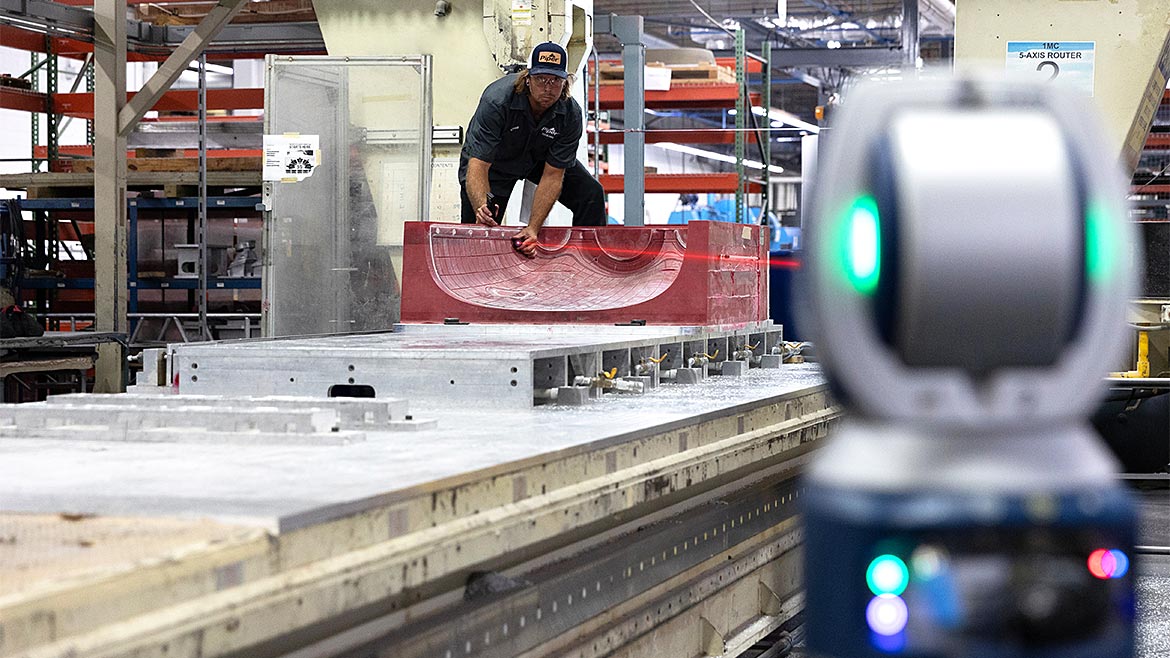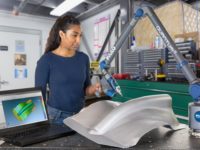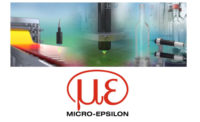For millions of North Americans, the late summer and early autumn means one thing and one thing only: prime surfing weather has arrived, coinciding with the peak of the Atlantic hurricane season.
From the palm-treed communities along the Bay of Campeche and the Gulf of Mexico to New Englanders along the Gulf of Maine, ferocious storms can impact almost anywhere across a vast stretch of tropical, subtropical, and mid-latitude coastline. Tropical storms can develop close to home. Or they can form off the coast of Africa as they lumber their way toward local waters, gathering intensity as they make their aqueous trek.
Even for places that don’t often see direct landfalls like Maine or the Canadian Maritimes, the swells from these swirling tempests, sometimes originating from hundreds of miles away, can create what surfers might call “an epic set,” —a series of waves, two or more, that are approaching where surfers wait just beyond the breaking waves, their surfboards anticipating the next ultimate ride.
Traditionally these boards of beauty were made by hand. Today, most are made with a CNC (computer numerical control) machine. According to Surfer Today: “The CNC shaping machine uses a series of cutting tools and precision instruments to carve the foam [surfboard] blank [typically made from expanded polystyrene (EPS) or polyurethane] into the desired shape.”
Of course, in order for a CNC machine to do its job properly, it must be checked to ensure what it’s cutting is within tolerance; that the parts that comprise the machine itself haven’t broken down, and that the surfboards it creates are within tolerance for what the CAD model indicates is correct. That’s where 3D metrology laser trackers can assist — the unspoken “heroes” of the entire surfer community. Because without this critical quality control safeguard, an improperly calibrated CNC machine could mean a finished product that fails its own quality control on first article inspection, resulting in fewer sales, more returned products, or worse, increased surfer injury, negatively impacting an estimated $10 billion industry.

Laser Trackers 101
Thus, for industries that regularly must perform large-scale measurements and machine quality control, laser trackers are today’s go-to resource. They offer accurate 3D measurements collected by a single operator and have traditionally been a common solution within the aerospace and automotive industries. But, as evidenced above, they are also beneficial across several applications relevant to other industries involved in manufacturing and mass production like surfboards.
Laser trackers are straightforward tools: they measure two angles, plus a distance. The tracker sends a laser beam (hence, “laser tracker”) to a retroreflective target (commonly a spherically mounted retro reflector, or SMR) that is held against the object being measured or a 6 Degree of Freedom (6DoF) smart probe. With the retroreflective target, the light reflected traces its own path back to the tracker. As the light re-enters the tracker, a distance meter in the tracker calculates the distance from the tracker to the retroreflector. A 6DoF enables precise measurement of hidden areas and small features, which helps speed up your inspections and reduce the number of device moves, resulting in a productivity improvement of 20% compared to lower accuracy probes.
The collected coordinate data is transferred to metrology software to establish the X, Y and Z coordinates for the point measured. The software ultimately uses a collection of the points taken for interpretation and modeling.
Laser trackers use one of two types of distance meters. The first is the interferometer, which uses relative distance to measure — meaning that it can accurately measure the movement of a target but cannot provide absolute position. The second is the absolute distance meter (ADM). Most laser trackers use ADM technology.
ADM technology is based on phase shifting, which works by sending out a signal of a known wavelength to a target, and then measuring the difference in the phase of the signal received. The difference gives the distance to the tracker. Multiple wavelengths must be sent, beginning with a long wavelength signal to provide a rough estimate of where the target is, followed by shorter wavelengths to provide more precision. ADM tends to be highly accurate but has a slower measurement time.
Like many 3D measurement devices, laser trackers vary in speed and accuracy depending on build and specifications and have applicability across the manufacturing lifecycle, including:
- Alignment: Perform real-time measurement during the assembly process to confirm tolerances and maintain or improve quality control
- Machine installation, alignment, and maintenance: Ensure machine calibration and monitor mechanical parts to keep them within operational specifications
- Part and assembly inspection: Produce a digital record of actual (versus nominal) data to validate conformance to quality requirements
- Tool, die, and mold building: Perform volumetric accuracy measurements to monitor wear and ensure consistency
- Reverse engineering: Acquire precise digital measurement data on parts or assemblies for which blueprints or CAD drawings do not exist
- Robot calibration: Perform on-site, routine maintenance calibrations on robots to ensure conformance to specifications and uniform output
Despite these numerous applications, some industries have avoided adopting laser tracker technology based on outdated perceptions of how difficult they are to use. Typically, measuring was an intensely manual effort requiring absolute line-of-sight between the laser unit and the SMR – if anything got between the two, the beam would be broken and the sequence would have to start again. Operators needed more extensive training and experience to use the laser tracker efficiently.
Recent innovations, however, have mitigated this concern by allowing the laser to actively locate and lock onto the target even if the line-of-sight beam is broken. Consequently, operators can begin using the technology without needing rigorous training and the time needed to measure large or complicated objects is dramatically reduced. Additionally, using an accessory such as a 6Probe provides wireless, handheld assistance when measuring hidden or hard-to-reach areas through its 6 Degrees of Freedom (6DoF) capability. These features make laser trackers a widely applicable, rapid, and easy-to-use solution.
Keeping the Surfing Community on “Track”
It’s hard to overstate the symbiotic relationship that CNC machines and laser trackers share. In a matter of speaking, one couldn’t exist without the other.
Yet it’s important to reinforce that while the speed and efficiency of computer-aided design and computer-assisting subtractive manufacturing will add up over time, none of those savings will be realized (or realized at a much slower rate) if the equipment tasked with designing the product in question — any products, be it surfboards or sailboats — fails outright, or fails to deliver on its promise of generating a mass-produced precision measurement.
To put the importance of laser trackers into surfer speak, legendary boarder and octogenarian surfboard designer Skip Frye may have said it best: “Surfing to me is like playing music. You play different melodies with different boards.”
To extend Skip’s analogy to its fullest extent, laser trackers are the precision measurement tools through which those surfboards are “tuned” to hit the most perfect notes.
So, this year, as the Atlantic basin once again comes to life and tropical storms start churning its waters into 10ft, 20ft, and 30ft, “bombs,” think about how it’s the laser tracker — not solely the CNC machine — that deserves much of the behind-the-scenes credit.
Pretty gnarly, right?!



